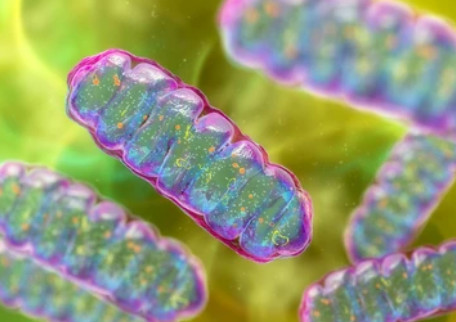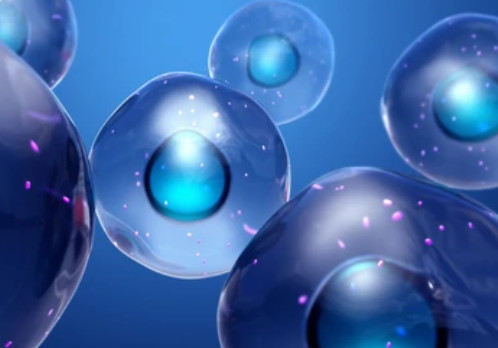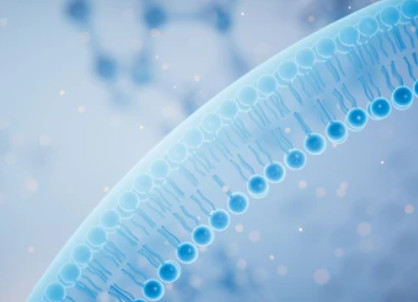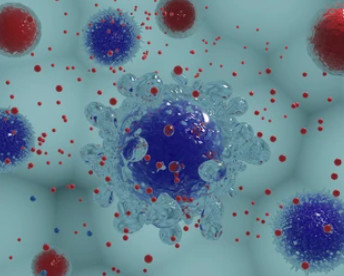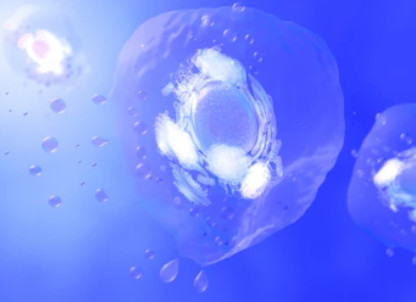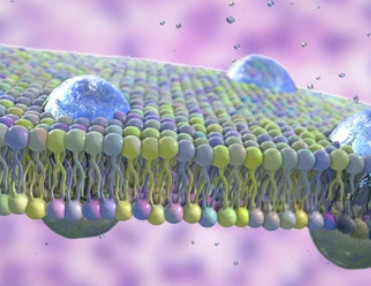Centrosome Proteomics Services
Online InquiryA typical centrosome consists of a pair of centrioles and a pericentriolar material (PCM) with a high electron density surrounding the centrioles. Centrosome is the main microtubule tissue center in animal cells. It is involved in a series of biological processes such as spindle assembly, ciliogenesis, and cell migration. Centrosome abnormalities are not only closely related to the occurrence of tumors, but also cause some developmental diseases.
Creative Proteomics provides a one-stop service for centrosome proteomics, which aims to conduct a comprehensive analysis of centrosome from a holistic perspective. The main contents include: 1) quantitative and qualitative study of centrosome proteins; 2) study the relationship between centrosome and various physiological functions; 3) study the centrosome replication process; 4) study the regulation of centrosome replication; 5) study the relationship between centrosomes and diseases.
We Provide the Following Services, including but not Limited to:
- Identification of centrosome proteins
- Detection of protein abundance in centrosomes
- Study the relationship between centrosome and various physiological functions
- Study the role of centrosome proteins in spindle assembly
- Study the role of centrosome proteins in the process of cilia
- Study the role of centrosome proteins in cell migration
- Study the centrosome replication process
- Research on the regulation of centrosome replication
- Cell cycle regulation
- Quantity regulation. Control neutrophil nucleation.
- The link between centrosome abnormalities and diseases
- Central satellite interaction analysis
Peptide mass fingerprinting, Shotgun-MS, and top-down mass spectrometry can be used for qualitative research of proteins.
Label-based SILAC, TMT, iTRAQ quantitative technologies are available. Labeled-free SRM, PRM and SWATH technologies are available.
Including the initiation of centriole replication, elongation of centrioles, maturation of centrioles, and connection and release of centrioles.
Centrosome abnormalities and the occurrence of cancer. For example, there are abnormalities in the number or structure of centrosomes in the cells of prostate cancer, squamous cell carcinoma of the head and neck, bladder cancer, and cervical cancer.
Centrosome abnormalities and developmental disorders. For example, mutations in the centrosome-associated protein CPAP / HsSAS-4 cause primary autosomal recessive microcephaly.
Advantages of the Centrosome Proteomics Service:
- High performance mass spectrometry system: equipped with Q Exactive Hybrid Quadrupole-Orbitrap and Agilent 6540 Q-TOF high performance mass spectrometer with multiple mass spectrometry techniques such as SRM, PRM and SWATH full scan collection, which effectively improving the identification and quantification of low abundance subcellular related proteins.
- Multi-database integration: by integrating multiple related high-quality protein databases, the accuracy and flux of subcellular protein localization can be greatly improved.
- Multi-dimensional data analysis: in addition to the comparison with the more complete related subcellular database, multiple software was used for the prediction analysis of subcellular localization based on the calculation method to further increase the identification flux.
Centrosome Proteomics Technology Roadmap

Data Analysis of Centrosome Proteomics
| 1. Data output statistics and quality control | 2. Protein identification analysis (Density map, Scatter plot, Venn diagram) | 3. Quantitative protein analysis (Density map, Scatter plot, Venn diagram) |
| 4. Protein GO analysis | 5. Protein pathway analysis | 6. Protein COG analysis |
| 7. GO enrichment analysis of differential proteins | 8. Pathway enrichment analysis of differential proteins | 9. COG analysis of differential proteins |
References
- Bauer M, Cubizolles F, et al. Quantitative analysis of human centrosome architecture by targeted proteomics and fluorescence imaging. The EMBO journal, 2016, 35(19): 2152-2166.
- Gergely F. Centriolar satellites are acentriolar assemblies of centrosomal proteins. 2019.
- Vertii A, Hehnly H, Doxsey S. The centrosome, a multitalented renaissance organelle. Cold Spring Harbor perspectives in biology, 2016, 8(12): a025049.
Related Services
* For Research Use Only. Not for use in diagnostic procedures.



